You are facing the challenge of creating a professional layout with Adobe InDesign? A well-structured template is the key to a clean and organized document. In this tutorial, I will show you how to effectively set up grids and master pages to ensure an appealing and functional design.
Main insights
Throughout this tutorial, you will learn how to create master pages, set up a baseline grid, and create guides for margin columns. Additionally, I will address customizing the preferences for your guides.
Step-by-step guide
First, it's important to start with the master pages. To navigate through your document, open the pages panel. In the lower area, you will see your document pages, while the master pages are displayed in the upper area. Adobe InDesign automatically creates a master page called "A-Master." I recommend renaming it so that it is self-explanatory later. To do this, double-click on the master page and go to the master page options. Rename it to "Content Page."
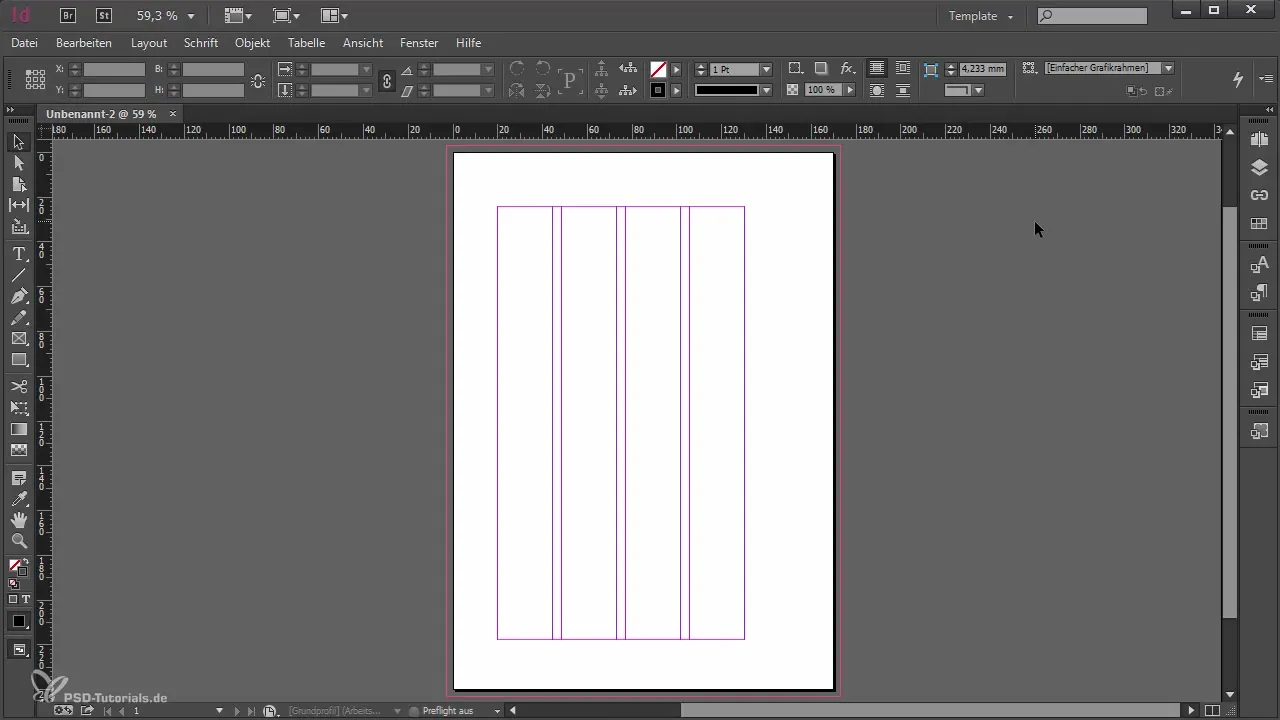
Now that your master page is named, you should adjust the settings for the entire document. This involves making two important adjustments: the baseline grid and the guides for margins and columns.
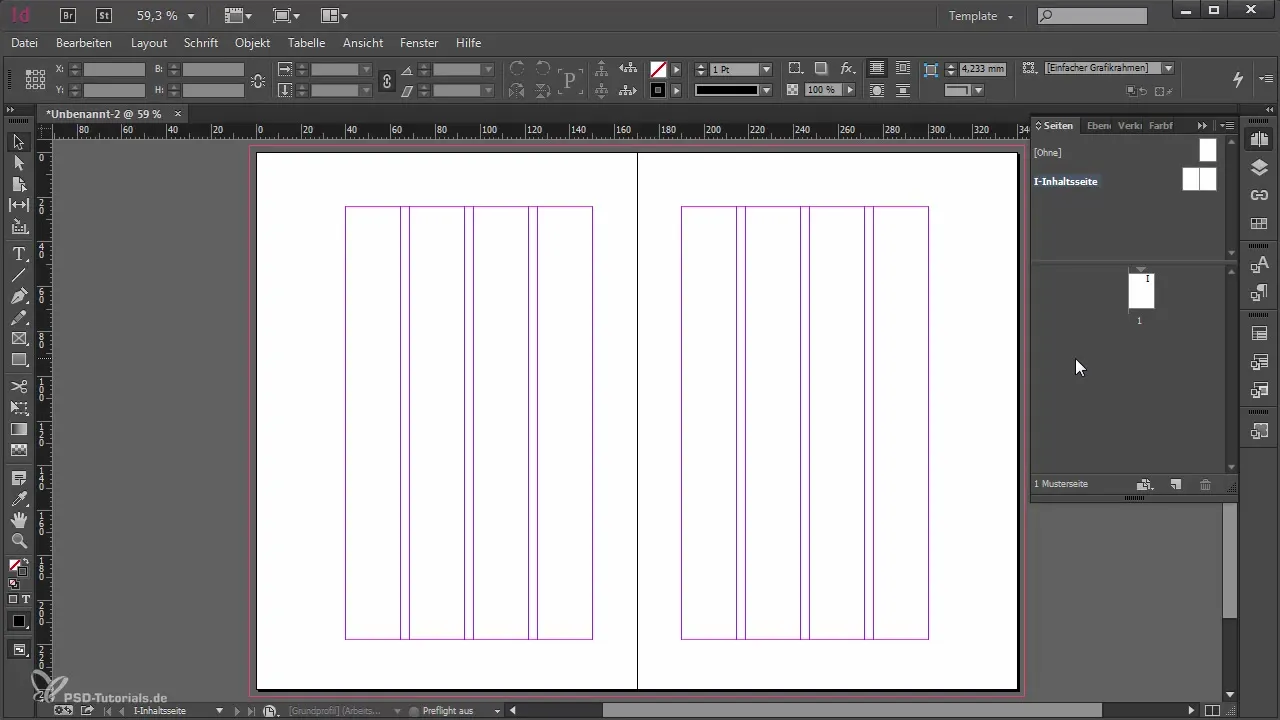
Let's start with the baseline grid. To do this, navigate to the preferences. Go to "Edit" and then to "Preferences" under "Guides and Pasteboard." Here you have the option to adjust the colors for margins and columns as well as the baseline grid. I recommend choosing shades of gray for the colors so that the view does not become too colorful.
In the same menu, you can adjust the functions of the baseline grid. Make sure that the distance to the text frame edge starts at about 24 mm, which corresponds to the head margin. To adapt the baseline grid to the needs of your body text, make sure that the line spacing is 12.75 points. This adjustment helps your text fit optimally into your layout.
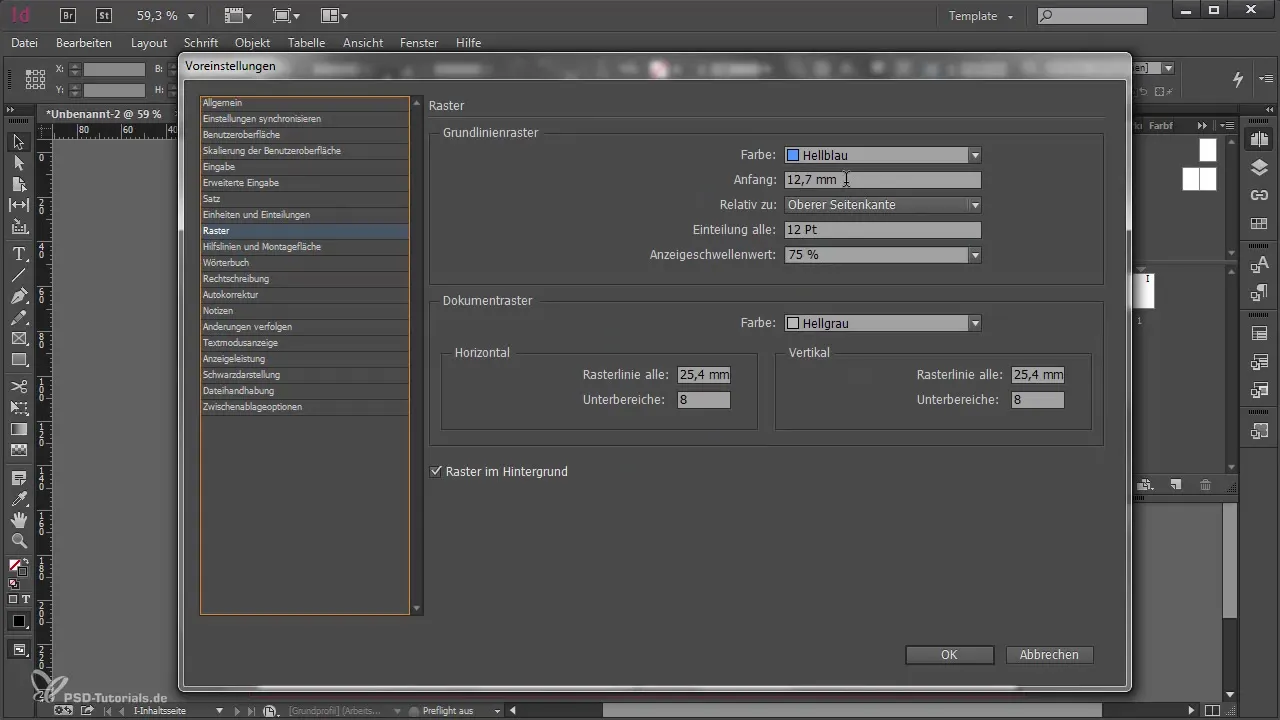
Another crucial point is the guides for margin columns. The margin column is a useful area for notes or additional information. To create these guides, drag a guide to a height of 15 mm from the edge. Then drag a second guide to a width of 21 mm.
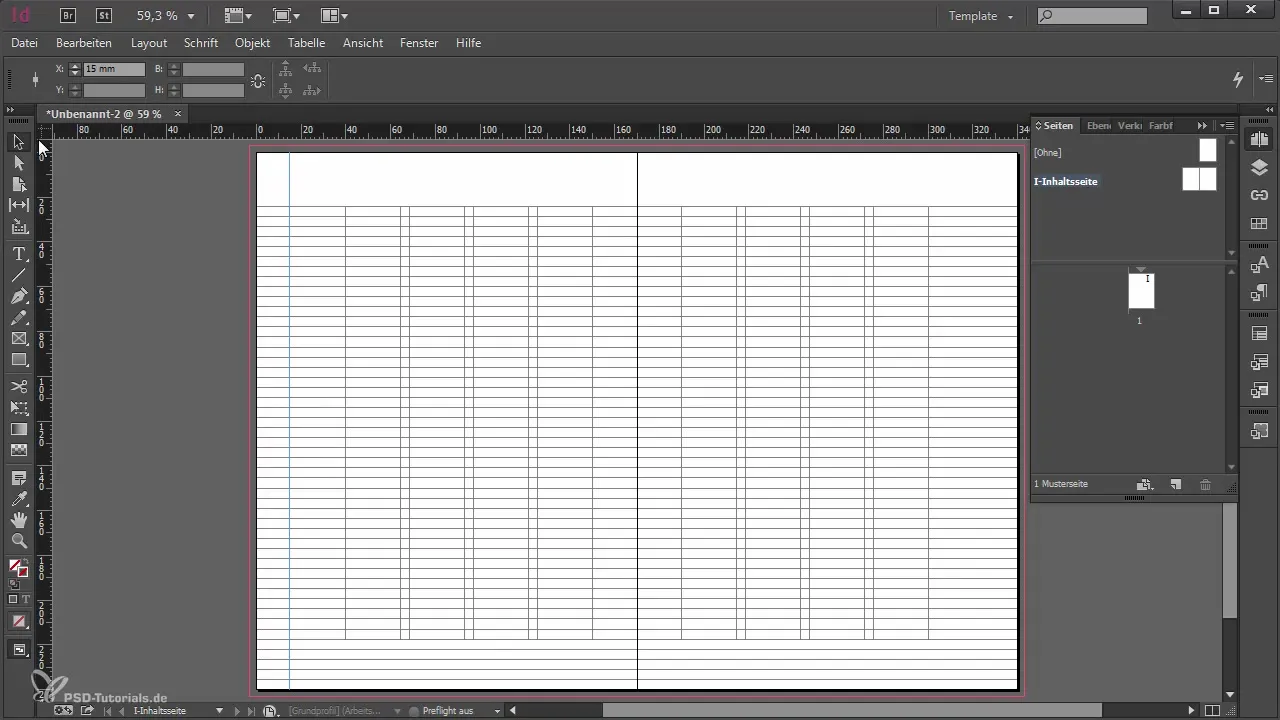
If you want to include your margin column in the text frame, you can adjust the settings for columns and margins under "Layout." Change the outer margin from 40 mm to 15 mm and increase the number of columns from 4 to 5. This will help you define your margin column.
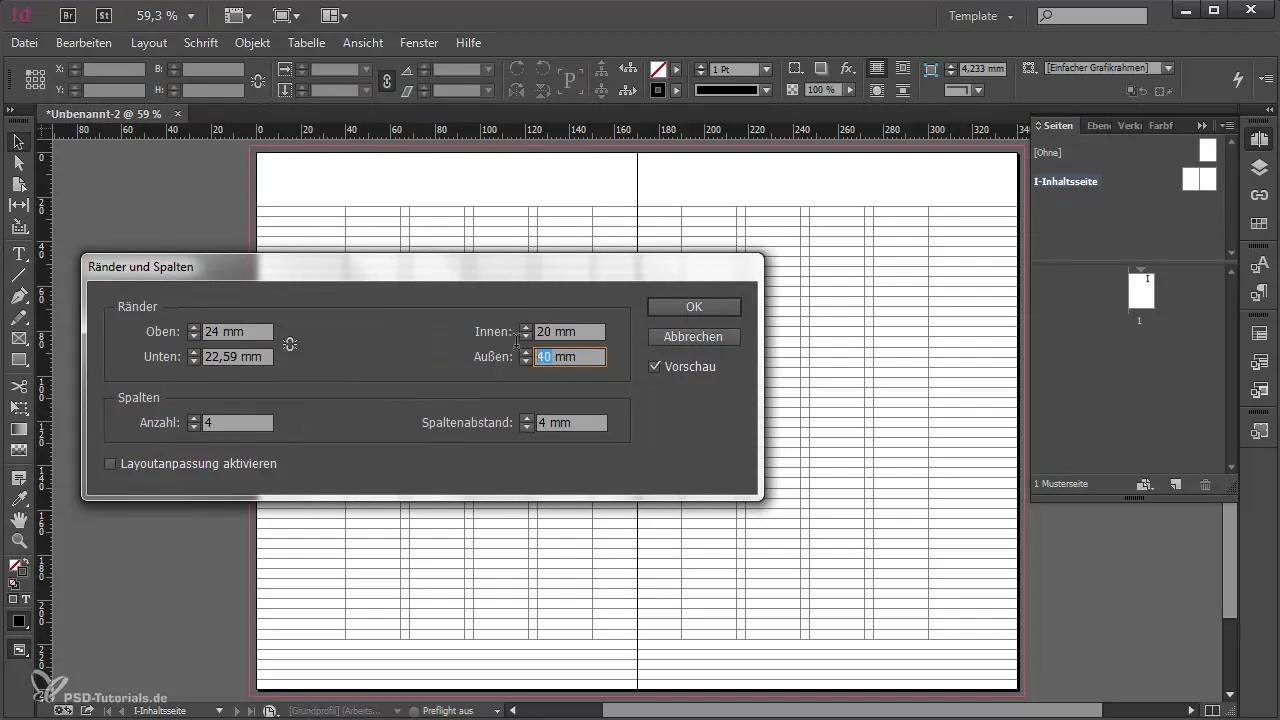
Once you have set up your guides, make sure they are not too intrusive. Reduce the visibility of the guides by coloring them a light gray. This way, the guides remain present without distracting from the main content.
It is time to establish a cap height grid to optimize the connection between text and images. You can do this by dragging a guide to the height of the capital letters. Duplicate this line for the desired number of line spacings.
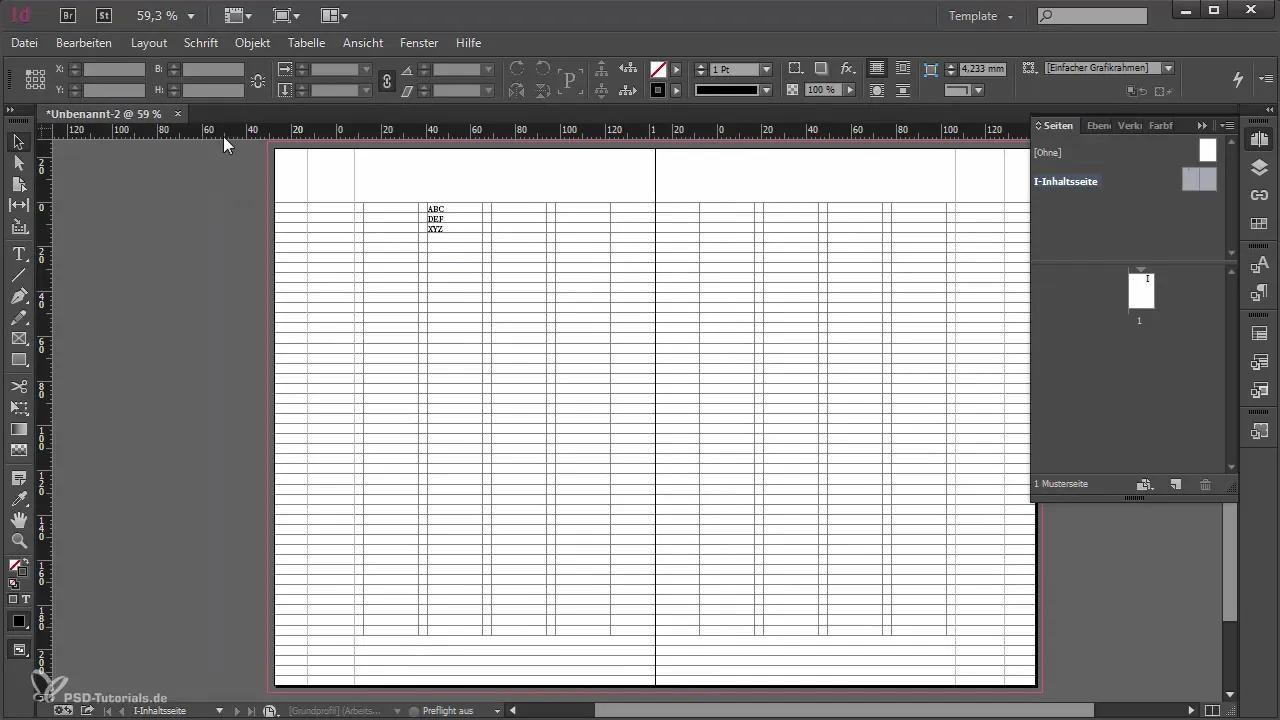
A clean layout also requires a certain level of organization. Create a separate layer for your cap height grid. By moving guides to different layers, you can hide or show them as needed and avoid confusion.
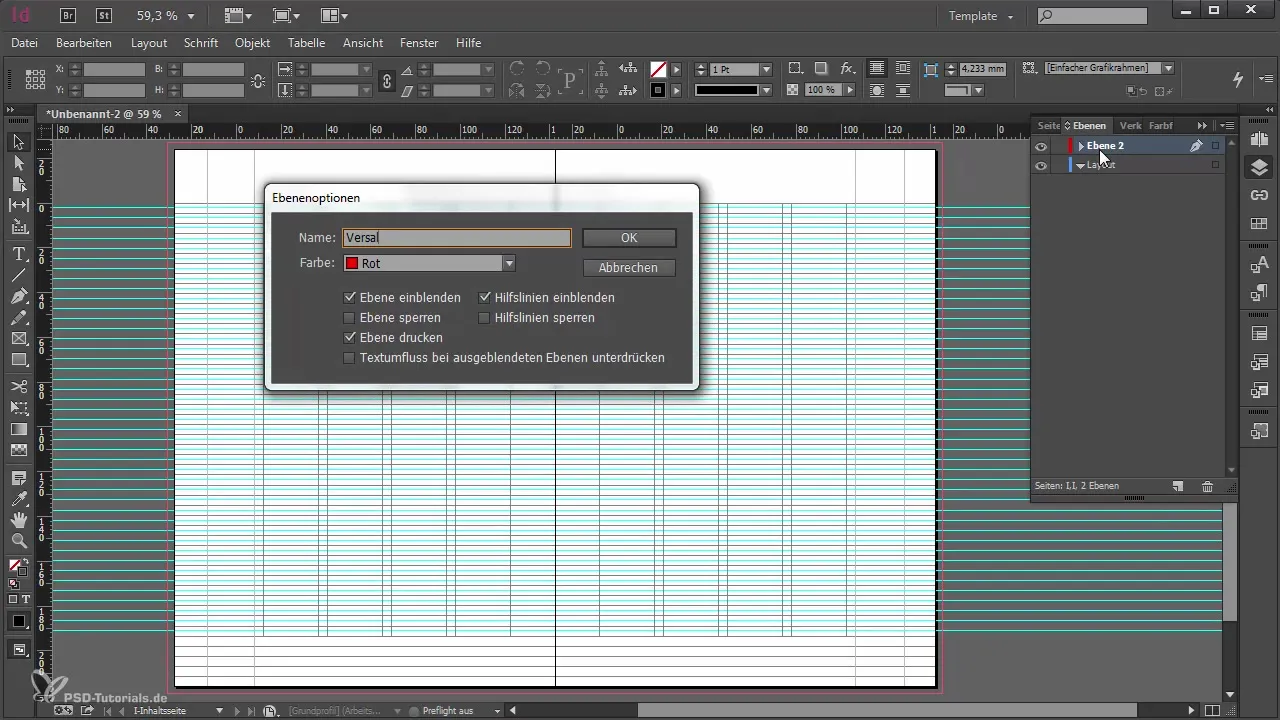
Finally, don't forget to save your document regularly. This is an important measure to ensure that you do not lose any data throughout the design process. Save your document under an appropriate name to easily find it later.
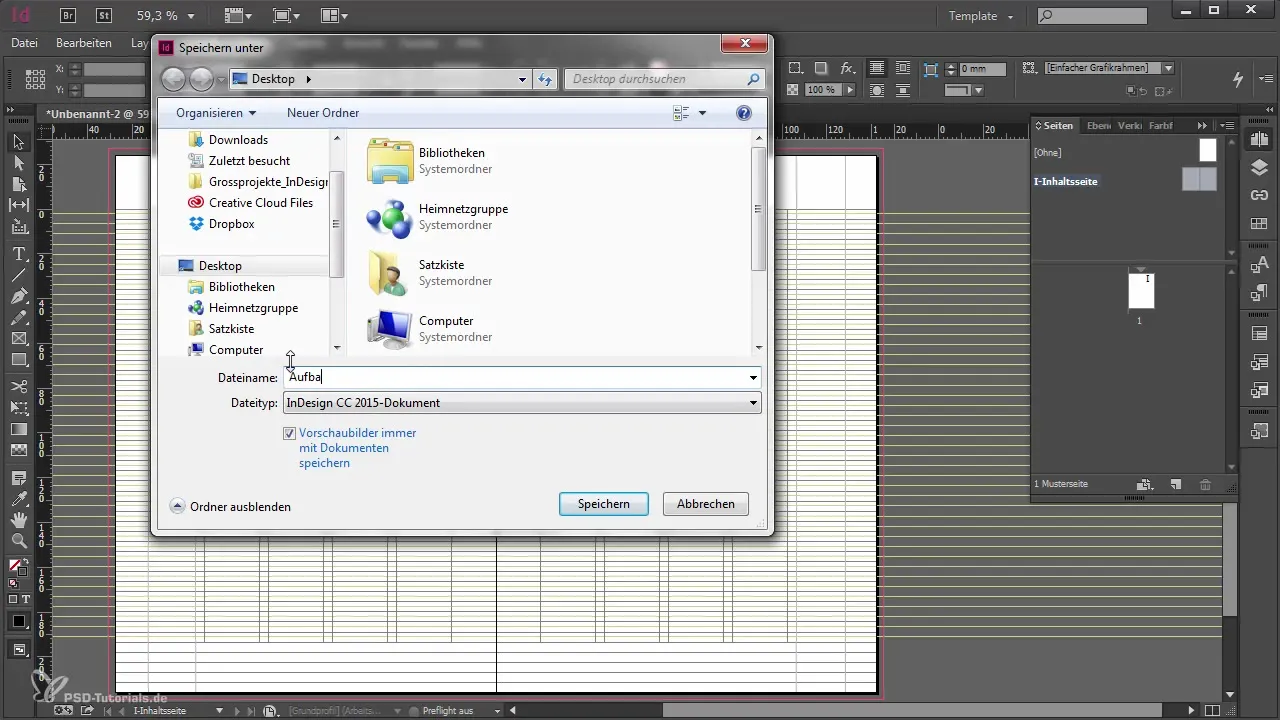
Summary
To create a professional layout in Adobe InDesign, master pages and grids should be carefully designed. This not only ensures an appealing design but also a logical structure for your document. By following the steps presented, you lay the foundation for an efficient and professionally looking work.
Frequently Asked Questions
How can I rename my master pages?Double-click on the master page in the pages panel and select the master page options to rename it.
What is a baseline grid?A baseline grid helps to align the text evenly and ensures a harmonious layout.
How do I change the color of the guides?Go to preferences under "Guides and Pasteboard" and select the desired colors for margins and guides.
How do I save my document?Go to "File" and select "Save As" to securely save your document.
How do I create a cap height grid?Drag a guide to the height of the capital letters and duplicate it for the desired spacing.


